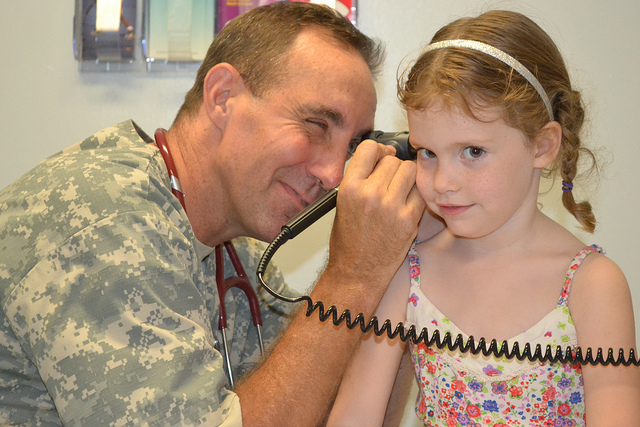For a long time now, we’ve heard about the benefits of preventive care, including screenings. And, preventive care can have many benefits. So, preventive care services are generally covered in full whether you have Medicare or are in a commercial health plan. But, health care screenings, in particular, can have risks as well. The U.S. Preventive Services Task Force grades different preventive care tests based on the degree of benefit they offer.
The Task Force uses five different grades. An “A” grade means that there is a high likelihood that the net benefit of the test is substantial. Services with a “B” grade are likely to have only a moderate benefit, but the Task Force still recommends them. A “C” grade means that the net benefit is likely to be small and the patient and provider should discuss the risks. The Task Force discourages services with a “D” grade. An “I” grade means that there is not enough evidence to know whether there is a net benefit or a net risk to the service.
In short, screenings may turn up issues that warrant addressing. But, the question is how. Doctors often don’t know whether there’s a problem that should lead to more tests or a surgery. For example, some tumors may never grow large or present a health risk. So, they do not need to be removed. Risk to the patient can come from removing a tumor that does not present a health risk. Surgery involves its own set of risks, including bacterial infections.
Screenings for prostate cancer get a “D” from the U.S. Preventive Services Task Force. (An update is in progress here.) They often lead to unnecessary treatments. The Prostate Cancer Foundation suggests that as many as two in five men treated for prostate cancer had tumors that would never have presented a health or life risk. But, the radiation treatment many men opt for can cause incontinence and erectile dysfunction. And, hormone therapy treatment can lead to depression and osteoporosis.
Task Force grades for breast cancer screenings vary. The Task Force gives breast self-exams a “D” and recommends against teaching breast self-exams. And mammograms get a “C” for women under 50 and a B for women between 50 and 74. This information is in the midst of being updated. But, you can see the most updated information here.
H. Gilbert Welch, a professor of medicine at Dartmouth College, explains these risks in his book “Should I be Tested for Cancer?“ His simple answer is the book’s subtitle: “Maybe not.”
A good primary care doctor will talk to you about your care needs and help you decide which screenings to get and which to avoid.










